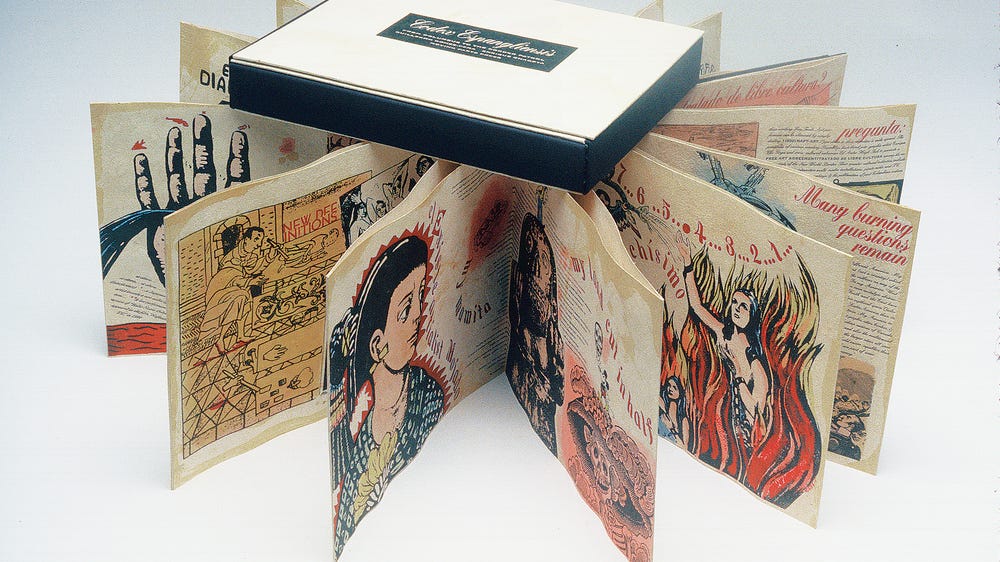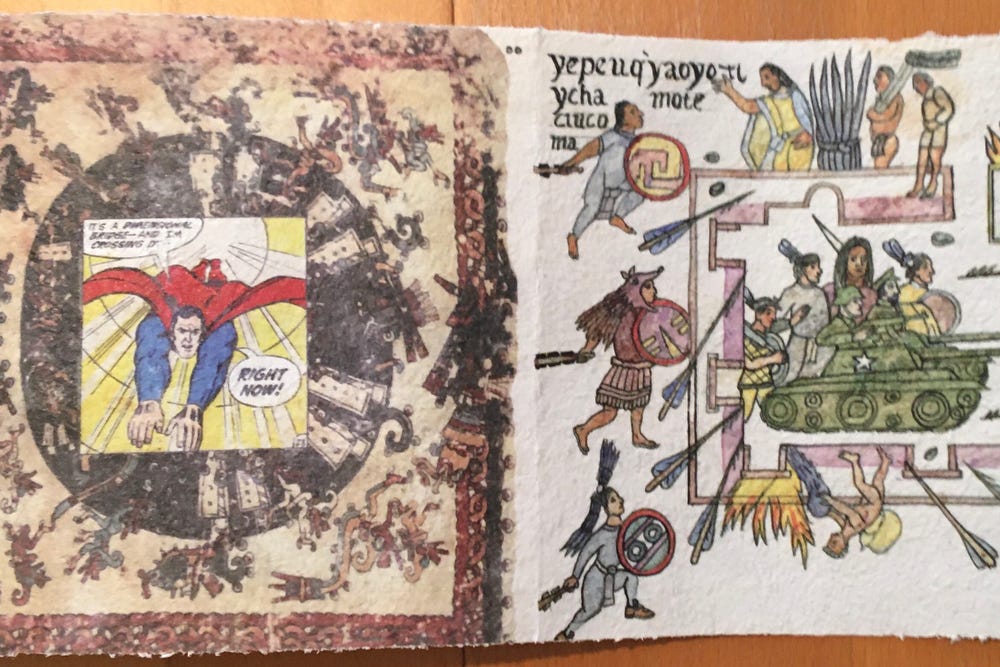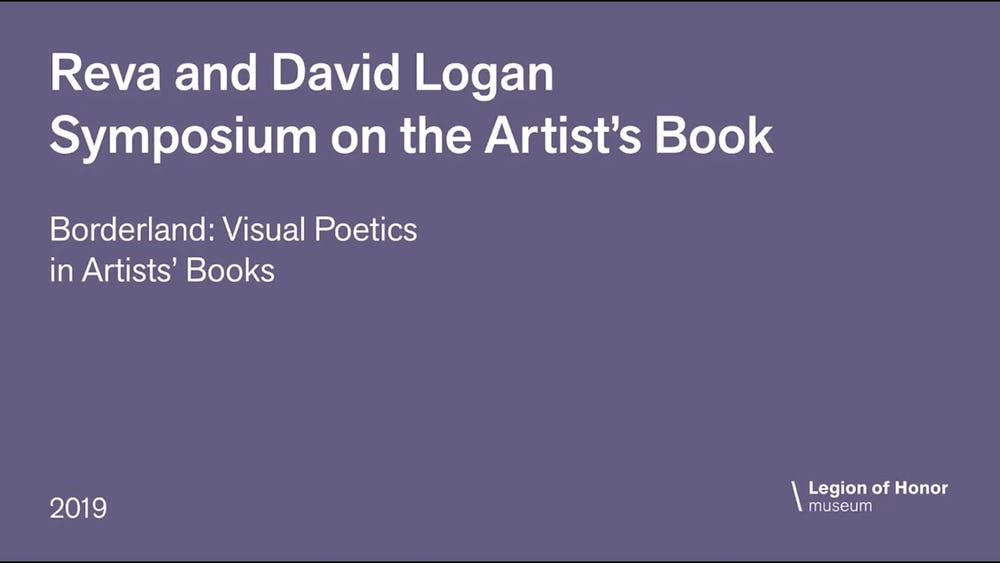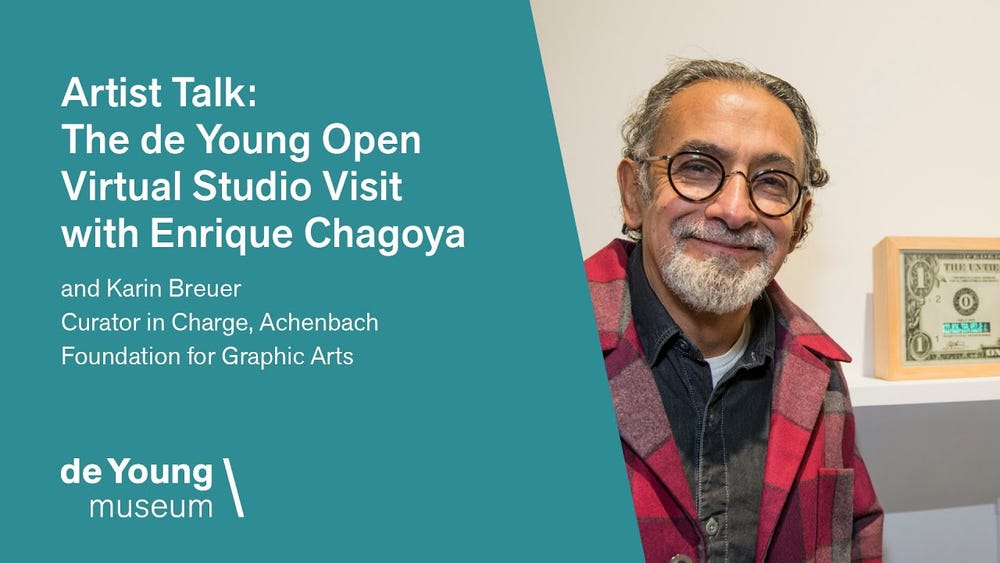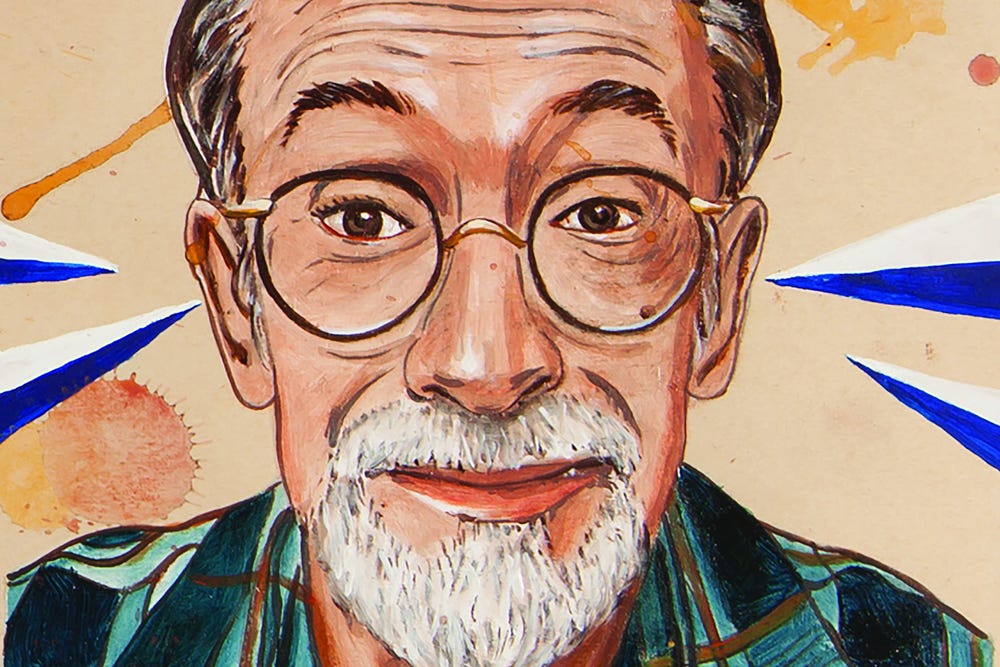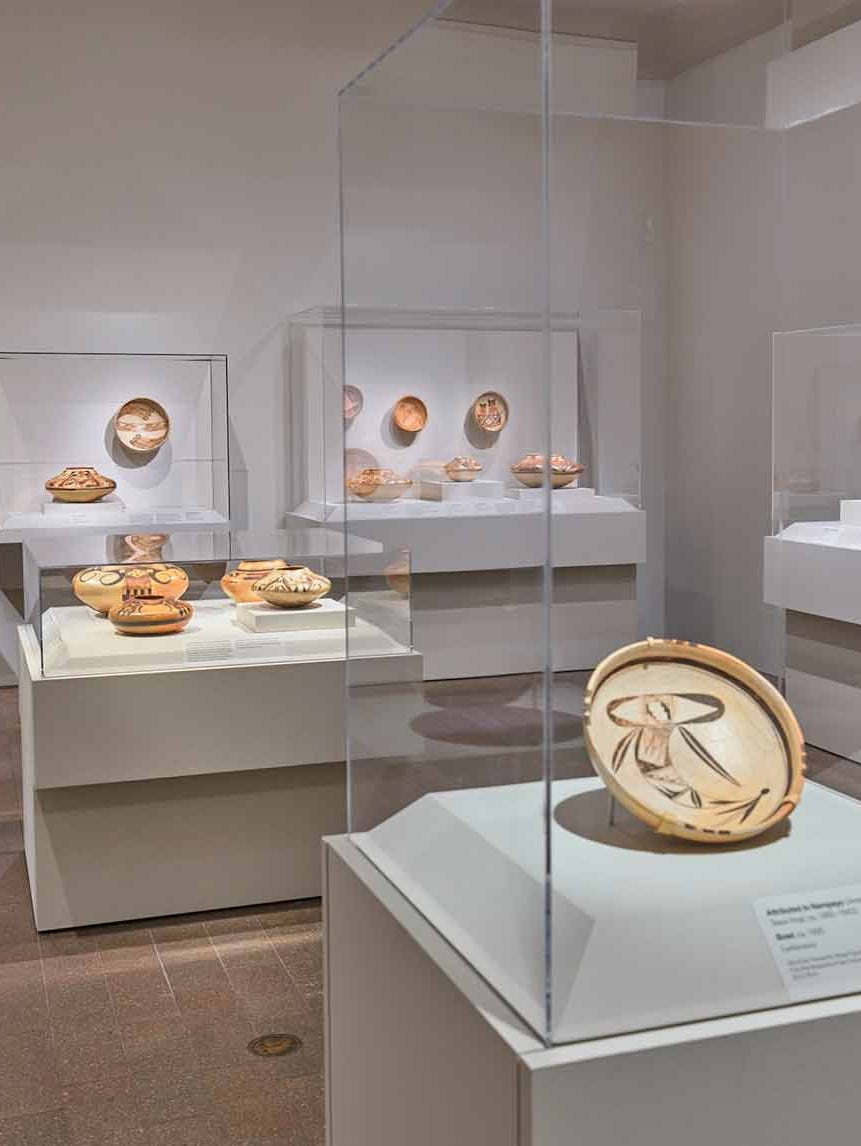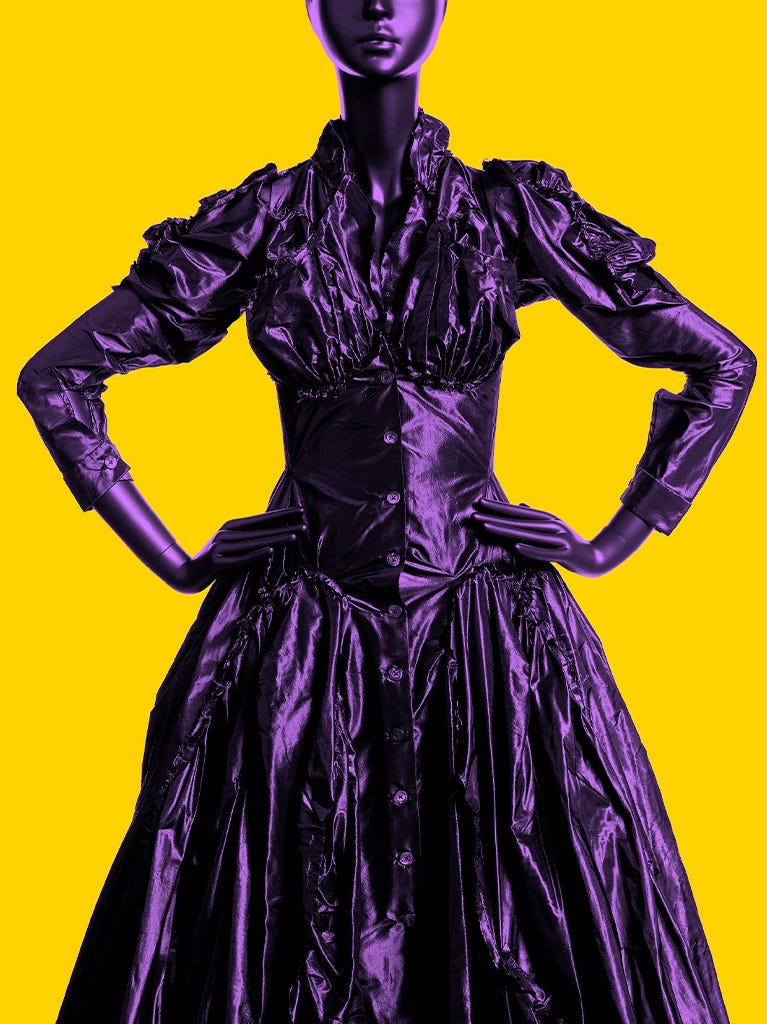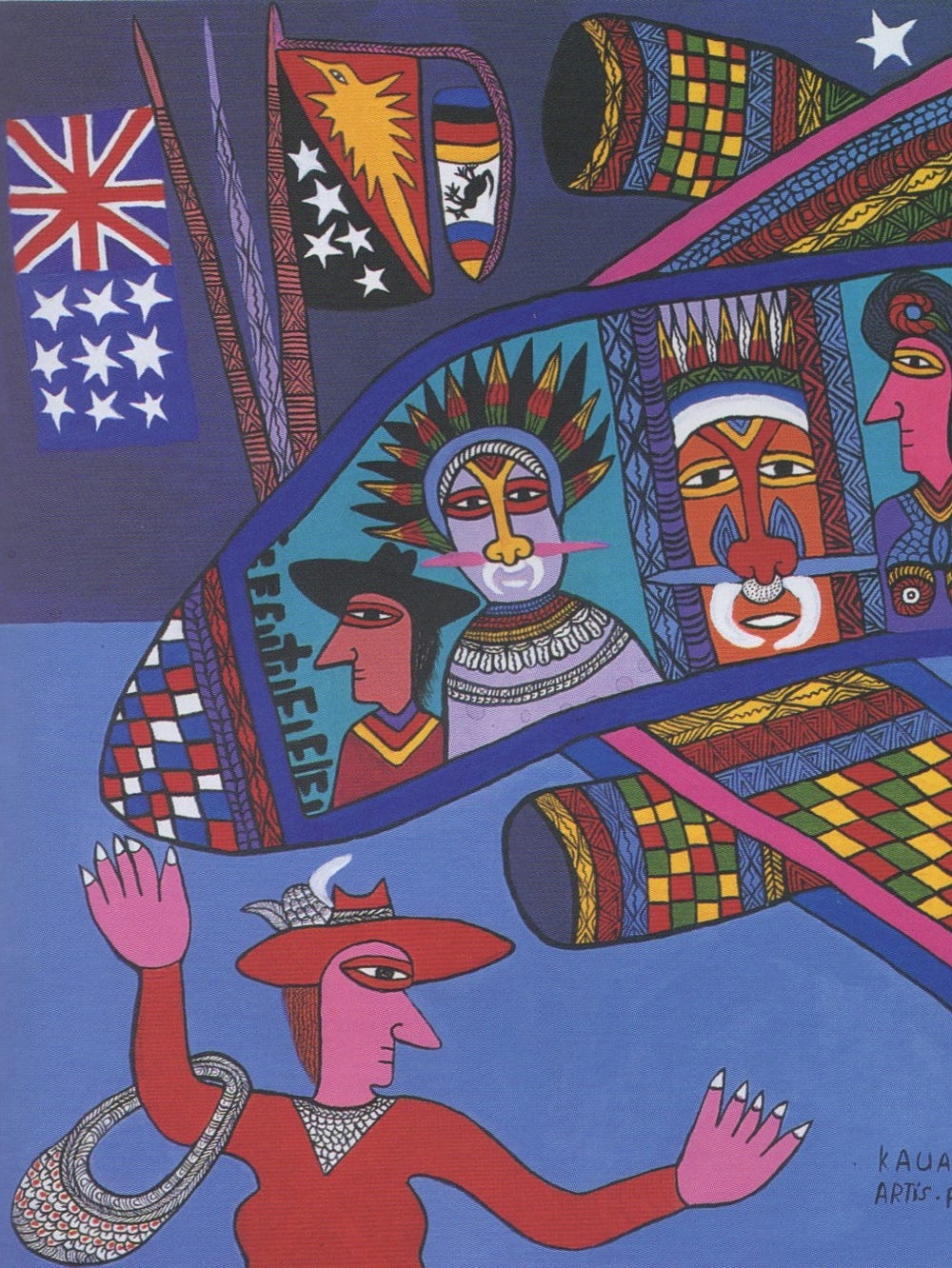Enrique Chagoya, Felicia Rice, and Guillermo Gomez-Peña, Codex Expangliensis: From Columbus to the Border Patrol (Santa Cruz: Moving Parts Press: 1998). L21.63.3 Photo courtesy Felicia Rice, Moving Parts Press.
Borderless: Artist’s Books by Enrique Chagoya
Jump to
As a child growing up in Mexico City, Enrique Chagoya often visited the monuments at Teotihuacán with his family. Chagoya’s ongoing study of Mesoamerican history and the legacy of colonialism continue to inform his politically charged work as a prominent artist and professor of art at Stanford University. In the books on view in Borderless, he addresses history in a new way.
Chagoya’s pieces take their form from accordion-fold books of the Mayans, Mixtec-Zapotecs, and Aztecs that were painted on amate, a paper made from the bark of wild fig trees. Chagoya’s collaged, time-traveling, absurdist overlays manage to conflate concepts of anthropology with contemporary sociopolitical issues to create a head-spinning and potent remix of history. He calls it “reverse anthropology,” a humorous way to see ourselves in the mirror, but the deeper political messages are also clear. This is the first exhibition to focus exclusively on Chagoya’s artist’s books.
In depth
Economics
Enrique Chagoya attended the Universidad Nacional Autónoma de México, where he studied political economy and drew political cartoons for union newsletters. In 1979, at age twenty-six, he moved to Berkeley and began working as a freelance illustrator and graphic designer. It was only after disappointment with what he considered to be the narrow political scope of economics programs in Bay Area colleges that he committed to fine art practice, earning a BFA in at the San Francisco Art Institute in 1984, and an MFA at the University of California, Berkeley, three years later. His interest in the social implications of economic systems is still evident in his work today.
The pre-Columbian book
Because of the special place the book held in the cultures of pre-Columbian Mexico, it is easy to see why Enrique Chagoya has chosen the book as the primary medium to contain his serial imagery. As with many artists’ books, the form and materials are part of the message. Mesoamerican books were largely visual narratives, augmented by glyphs and pictorial signifiers, books that contained a worldview. They were most often painted on amate, a substrate made from the bark of wild fig trees (amate is still hand manufactured in Mexico by Otomi Indigenous papermakers in the state of Puebla, and Chagoya uses it for most of his books). Books held the spiritual and social identities of the Aztecs. The destruction of Aztec libraries in the bonfires of the victorious Spaniards essentially destroyed the soul of an advanced civilization and set off mass suicides.
Sources/Magnolia Editions
The image sources for Chagoya’s dioramas include the Mayan, Mixtec-Zapotec, and Aztec books themselves, comics from the US and Mexico, kitsch stereotypes, anatomical illustrations, and images from art history. Today the internet has given Chagoya a virtually limitless library of images to draw on. His latest books at Magnolia Editions in Oakland have taken advantage of proprietor Don Farnsworth’s virtuosity with Photoshop as well as the studio’s new and very precise flatbed digital printer. The printer has permitted more than a dozen layers of ink and unpigmented underlayers, creating texture approximating that of the original hand-painted Mesoamerican books. Artisanal touches, such as hand-trimming, make the work a marriage of ancient and contemporary techniques.
Stories
Virtual programs
Enrique Chagoya presents at the 2019 Symposium on the Artist's Book at timestamp: 2:11:31.
Enrique Chagoya talks with FAMSF curator Karin Breuer regarding the selection process for the de Young Open, an invitational exhibition for Bay Area artists.
